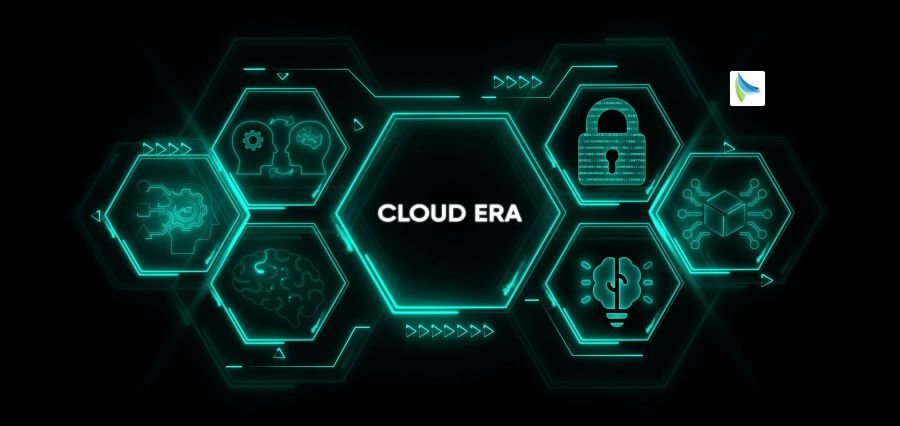Leadership in the rapidly evolving digital economy no longer means project management and code review. It is a call on organizations to be an organizational force of innovation, big or small. To create scalable systems, implement new technologies, or foster a culture of ongoing improvement, successful software engineering leaders are the epicenters of disruption.
Their impact reaches far beyond technical implementation — they motivate vision, enable teams, and ultimately set the boundaries of what is possible.
From Manager to Visionary Leadership
Traditionally, engineering managers were more focused on delivering the work on time, debugging, and keeping team productivity up. Though these are still critical, Software Engineering Leadership for today includes visionary leadership and strategic vision. Software Engineering leaders of today not only need to anticipate technology trends but also need to inspire their teams towards sustainable innovation.
Think, for instance, of moving to cloud-native applications or embracing AI. The most well-placed technology leaders in these areas have the ability to set their organisations up for explosive growth, driving a power of competitive momentum. They’re solution-finders, naturally, but opportunity-finders as well, leveraging their technical skills to create new avenues of growth.
Building a Culture of Innovation
Innovation doesn’t exist in a vacuum. It thrives when it is complemented by an experimentation ecosystem, failure as a learning opportunity, and where members of a team are incentivized to contribute ideas. Software Engineering Leadership provides the lead to build such an ecosystem.
Excellent leaders construct psychologically safe teams. They establish a setting where junior devas feel they are free to challenge architecture choices, where cognitive difference is appreciated, and where the best idea prevails — position notwithstanding. Openness is the innovation incubator. Engineers will be more inclined to offer up new solutions, suggest process improvements, and yell out for new technology when they own it and are empowered to experiment.
Secondly, managers who enjoy the vibe of cross-functional collaboration tend to ignite innovation at the interaction point of two or more disciplines. By integrating the engineering department in coordination with product design, marketing, and customer success teams, they ensure innovation occurs together with actual user needs.
Balancing Structure with Agility
One of the subtleties of Software Engineering Leadership is a balance of structure and agility. Creativity takes autonomy, but not anarchy. Without purpose, the most creative teams are adrift, doing that which is not aligned with business objectives.
Effective leaders do have clear objectives but with flexibility regarding how they get there. They apply frameworks such as Agile, Lean, or DevOps not as strict frameworks but as flexible tools that facilitate continuous delivery and learning. This is a team-oriented model that makes innovation incremental and goal-based — incrementally refining concepts through real-world iteration rather than perfection.
Mentoring Talent and Creating Future Leaders
Yet another generally underappreciated Software Engineering Leadership area involves a focus on talent development and growth, mentoring. It is a strategy that takes a while to implement, and its effectiveness depends on the staying power of leaders to be.
By investing in the development of team members, leaders now are ensuring the flame of innovation is being passed on. That could involve backing off to allow engineers to own projects, establishing learning cultures, or simply showing up to mentor and coach through technical issues and people issues.
Mentorship also leads leaders to develop a culture of support and trust. Support and trust enable people to step beyond their comfort zone — an absolute necessity for innovation.
It takes a champion: Championing Ethical and Responsible Innovation
With technology increasingly impacting life, software engineering leaders must also become champions of responsible innovation. From protecting data privacy to ensuring fair algorithms, today’s choices have long-lasting consequences.
Software Leadership is to be at the intersection of innovation and responsibility. It is about asking tough questions regarding technology’s effect on users, communities, and the world. Leaders embedding ethical thinking in innovation are making sure that innovation is inclusive, sustainable, and facilitator of societal values overall.
Conclusion: Leadership as the Innovation Multiplier
Innovation is not happenstance, a matter of luck. It is the result of a lifetime of vision, culture, teamwork, and action — all four of which rely heavily upon leadership. In software development, superior Software Engineering Leadership is an innovation catalyst. It transforms mediocre teams into high-performance, idea-generating machines. It enables companies to remain ahead in an extremely competitive, rapidly evolving landscape.
Looking to the future — and with artificial intelligence, quantum computing, and decentralized systems looming — the demand for vision-driven and meaningful leadership in software engineering has never been higher. By embracing their broader role, leaders of software engineering can drive not just technical innovation but beneficial progress for their organization and for society as a whole.
Read More: How CEOs Can Drive Technology Strategy Beyond IT Departments?
















